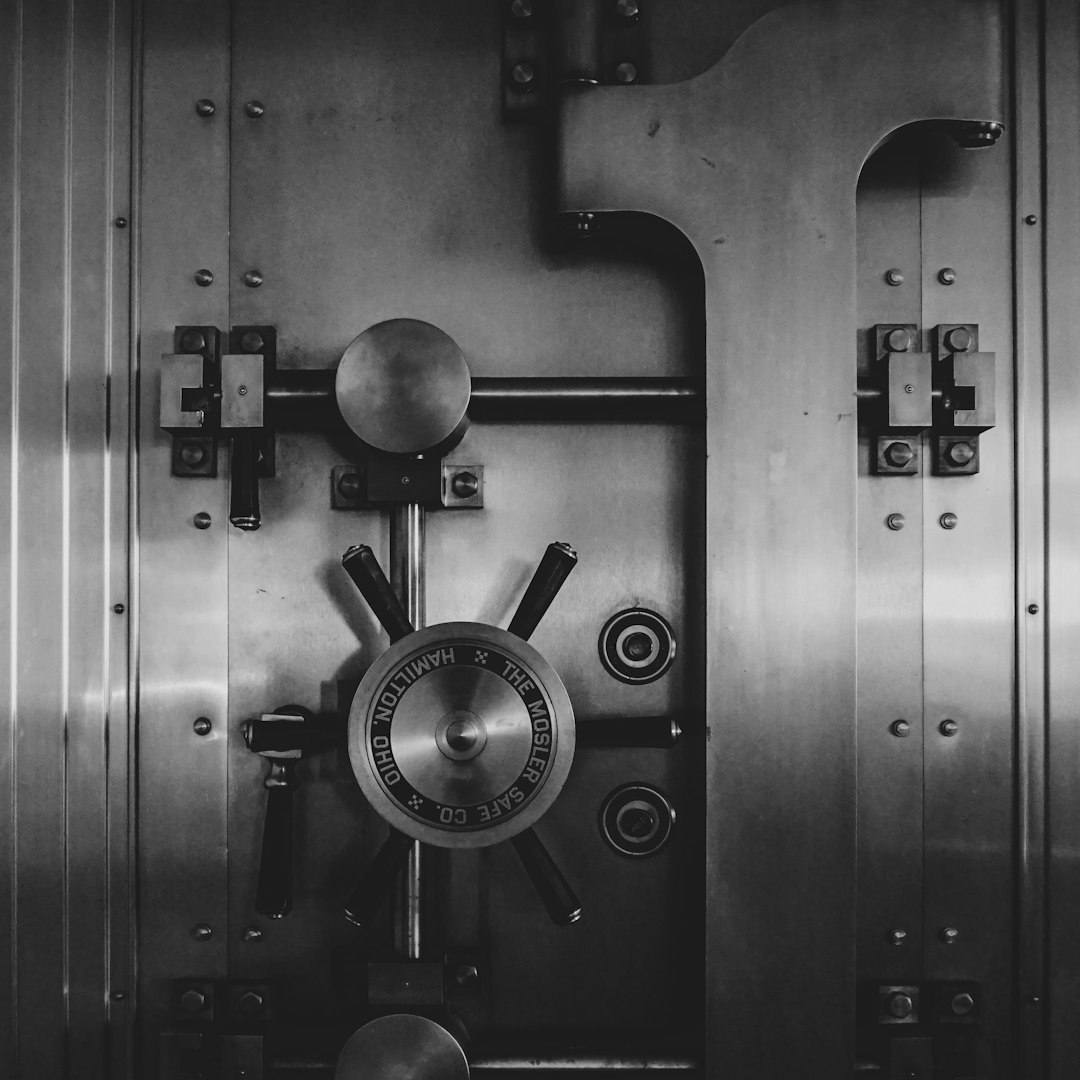
Opioid addiction is a serious problem that affects many people, and quitting can be incredibly challenging. One of the major obstacles to quitting opioids is experiencing withdrawal symptoms when you cease using them. To defeat opioid addiction, you must undergo opioid detox. This page has all the info you need.
If you or a loved one is grappling with opioid addiction, it is critical to seek treatment for long-term recovery. Yet, the opioid detoxification process can be daunting and may discourage some individuals from seeking the necessary aid. It is crucial to comprehend what to anticipate during opioid detoxification and what withdrawal symptoms may manifest. See, this website has all the info you need to learn about this amazing product.
The first phase of treating opioid addiction usually involves eliminating opioids from your system through the process of opioid detoxification. Detoxification can be done in several ways, but the goal is always the same: to alleviate withdrawal symptoms and prepare the body for ongoing treatment. During detoxification, several symptoms may manifest as your body adjusts to the absence of opioids.
The extent of opioid withdrawal symptoms may vary from mild to severe and can be different for each individual depending on their addiction level. Some of the most common symptoms of opioid withdrawal include muscle aches, sweating, anxiety, insomnia, and diarrhea. Additional symptoms may include nausea, vomiting, abdominal cramping, and goosebumps. Just click here and check it out!
If you are going through opioid detoxification, it is important to understand that the withdrawal symptoms will eventually subside. Although the duration and severity of the symptoms may vary among individuals, they will become less intense and less frequent over time. During this period, having support from loved ones or healthcare professionals can be vital. They can assist you in managing the symptoms and provide motivation to continue.
Apart from managing opioid withdrawal symptoms, it is necessary to address the underlying addiction through ongoing treatment. This may involve therapy, medication-assisted treatment, support groups, or a combination of these methods. Partnering with healthcare professionals to devise an effective treatment plan that meets your unique needs and developing a plan for long-term recovery is essential.
It’s crucial to recognize that trying to detoxify from opioids without professional assistance can be hazardous and possibly fatal. Medical supervision during opioid detoxification is vital for controlling withdrawal symptoms and avoiding complications. This might involve the use of medications, such as methadone or buprenorphine, to alleviate withdrawal symptoms and prevent relapse. Moreover, counseling and behavioral therapy can be advantageous in tackling the psychological aspects of addiction and supporting long-term recovery.
To conclude, opioid detoxification is a necessary step in conquering opioid addiction, but it can be accompanied by unpleasant withdrawal symptoms. It is critical to have support during this time and to address the underlying addiction through continued treatment. It is possible to overcome opioid addiction and achieve long-term recovery with the proper support and dedication.